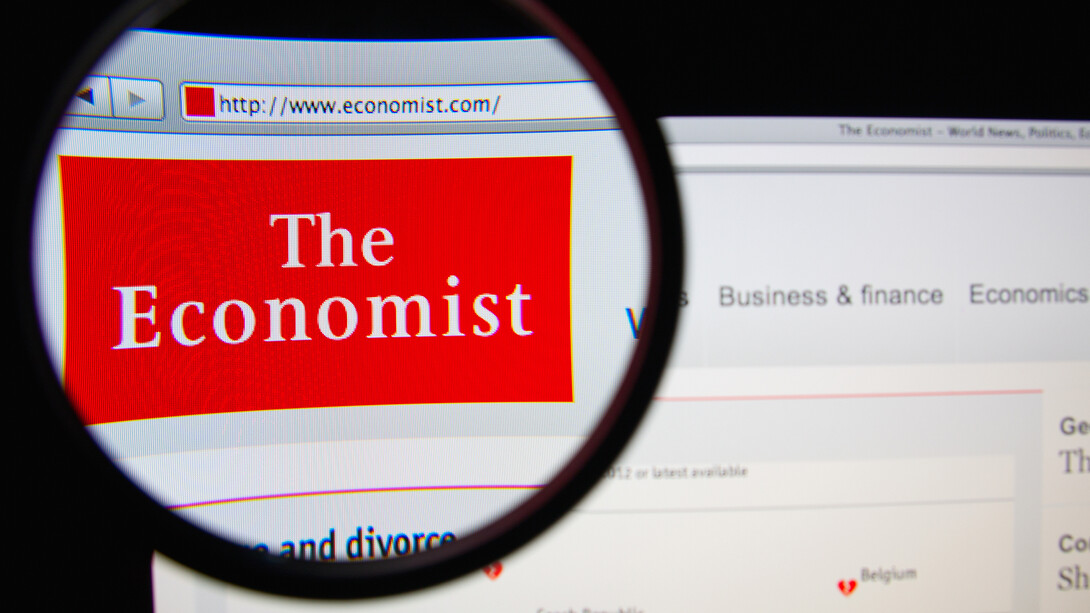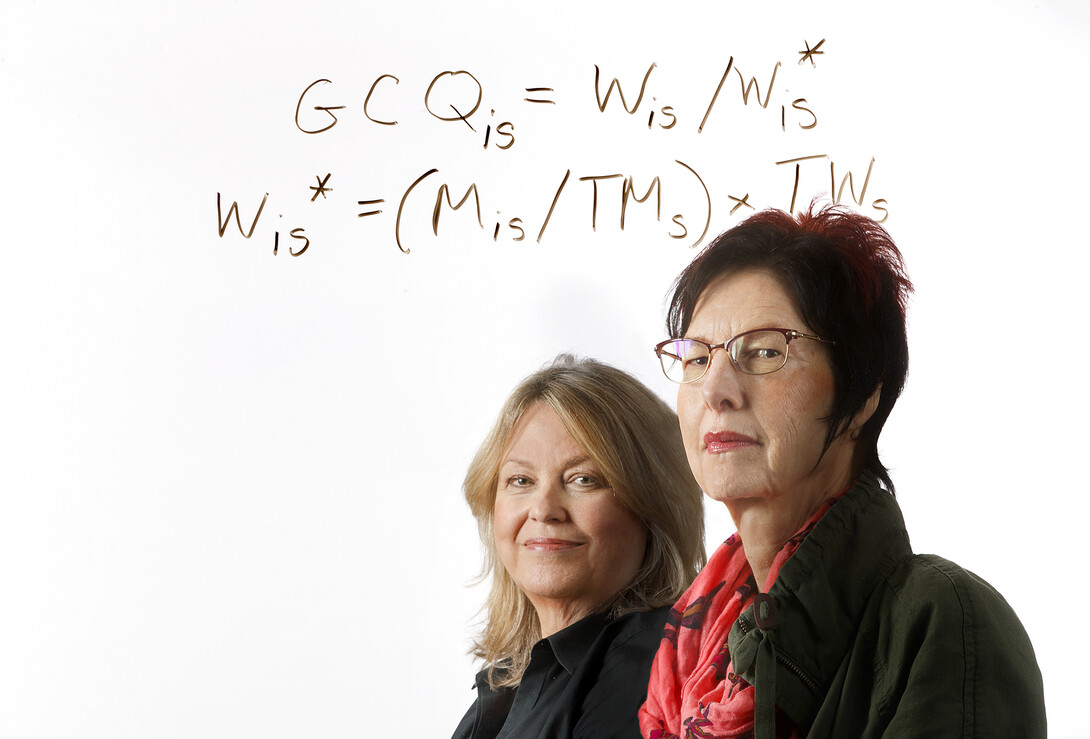
A new study has found a sizable gender gap in views among economists in Europe on a broad range of topics including core precepts, government intervention, taxes, environmental protection and equal opportunity.
The study’s authors, Ann Mari May and Mary McGarvey of the University of Nebraska-Lincoln and David Kucera of the International Labour Organization in Geneva, Switzerland, surveyed economists in 18 European Union countries to provide the first systematic analysis of differences in views of male and female economists in Europe.
The study found that male and female economists hold different views on a wide variety of contemporary economic policies and analyze questions on issues such as austerity policy, regulation of high-risk financial transactions, renewable energy, hydraulic fracturing, drilling in the Artic Refuge and genetically modified crops.
“These results highlight the importance of including both men and women when developing economic policy,” said May, lead author on the study.
The study found female economists in the European Union are less likely than their male counterparts to favor market solutions over government interventions and more likely to favor environmental protection policies. For example, women economists are more likely than men to disagree with the notion that stronger employment protection results in weaker economic growth, and more likely to agree that the European Union should continue its ban on the planting of genetically modified crops.

The study also found the average female European Union economist is more likely to believe that men have greater opportunities than women in the labor market and in higher education. The largest difference of opinion in this topic concerned equality of opportunity for women in academia. Male economists surveyed were more likely to believe that opportunities either favor women over men or are equal, whereas female economists surveyed were more likely to see opportunities as favoring men more than women.
The study addressed similar questions as a prior study of economists in the United States by May and McGarvey. While there are similarities in the findings of the two studies, there are also differences. In the United States, men and women economists are more in agreement with each other when it comes to core concepts and methods while gender gaps are found in their views on government spending, taxes and redistribution policies.
The two studies strongly converge on the finding of sizable gender gaps in perceptions of job opportunities for men and women in higher education and the broader labor market. In both the European Union and the United States, male economists responded that opportunities are relatively equal between men and women, while the female economists disagreed.
These results provide important information on the potential impact of the changing demographics of the economics profession.
“As more women enter the field of economics, they will bring different views about economic policy,” Kucera said.
The results suggest that it is important to include both men and women at the table when forming and debating economic policy. If demographic differences shape our views of policy questions, inclusion of women will expand the debate and enlarge the scope of possible outcomes.
The study, “Gender and European Economic Policy: A Survey of the Views of European Economists on Contemporary Economic Policy,” appears in the February 2018 issue of the journal Kyklos. The U.S. study, “Are Disagreements Among Male and Female Economists Marginal at Best?: A Survey of AEA Members and their Views on Economics and Economic Policy,” was published in Contemporary Economic Policy.







